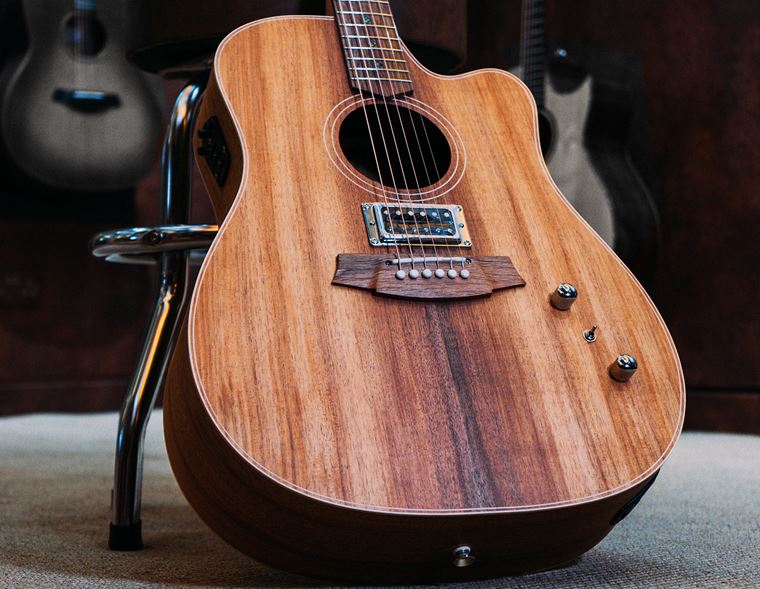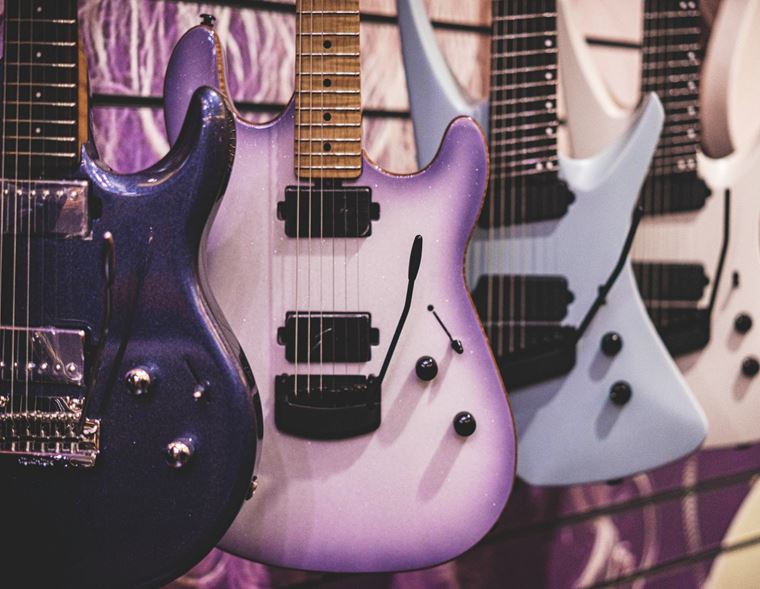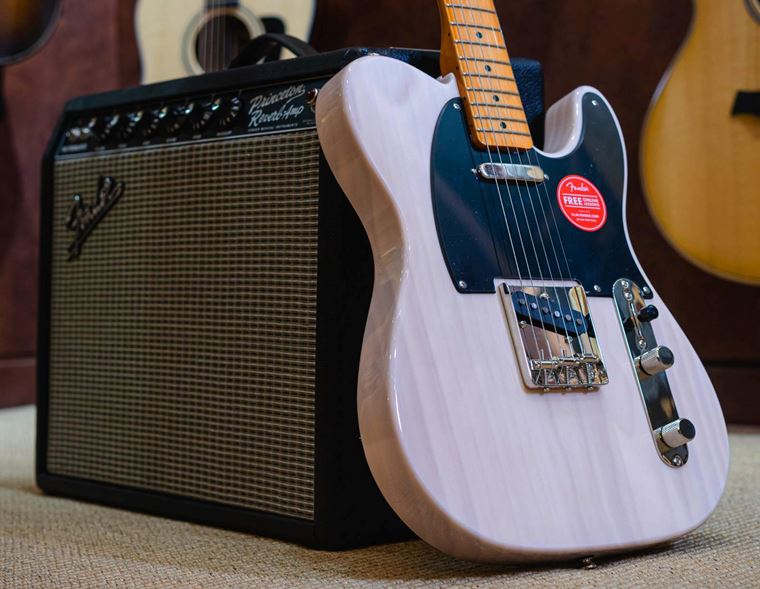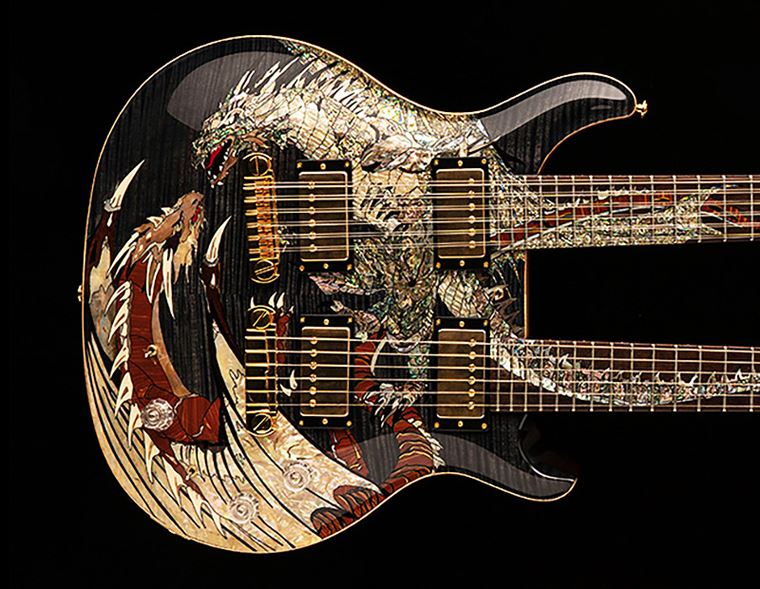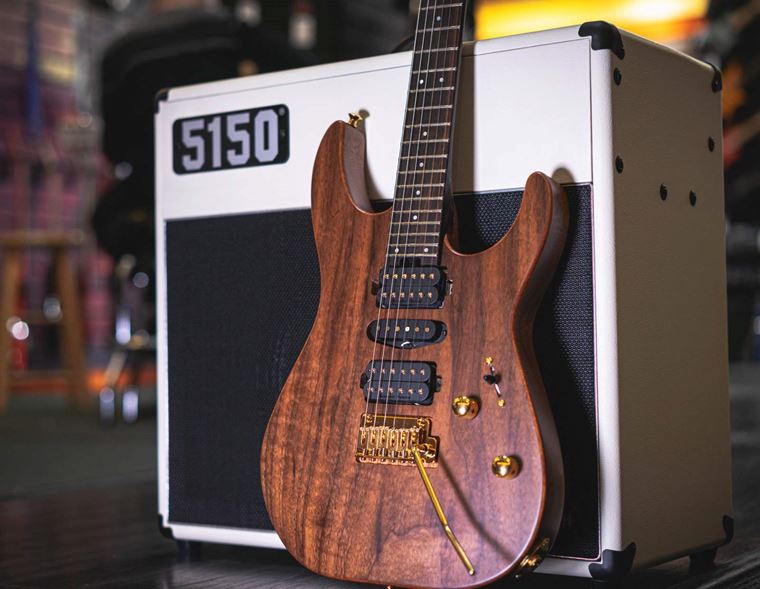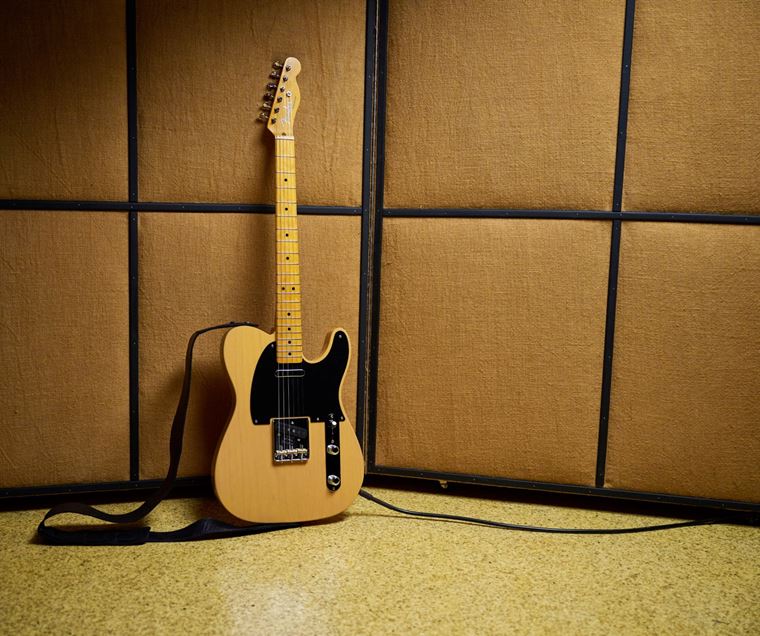11 Iconic Fender Jazz Bass Players
Published on 16 May 2024
Are you a P-Bass or a Jazz Bass person? Fender’s main two bass models are also the world’s main two bass models, such is the popularity of both.
The bass playing world definitely seems to have strong preferences one way or the other (kind of like preferring a Strat or Tele, really) and today I’d like to zoom in on some Jazz Bass fans.
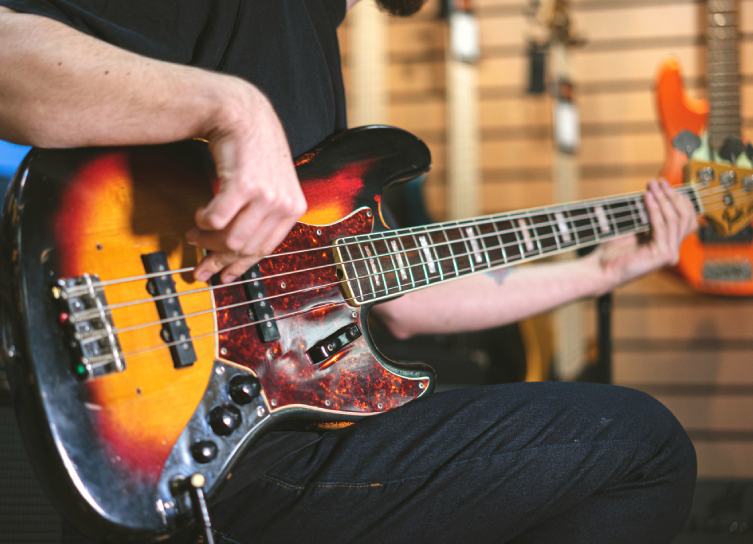
There’s a ton of great bass players who choose a Jazz Bass - either as their main instrument or as a significant part of their armoury - and they span loads of genres. It’s pretty clear that the Jazz Bass isn’t about ‘jazz’ any more than a Jazzmaster guitar is!
I’ve picked out a list of some amazingly inspiring bassists today, starting with the one that sprang to mind first (as he always does with bass playing) and hopefully including a roster of legends thereafter. Hop onboard!
11 Iconic Jazz Bass Players
Fender Jazz: A Bass for All Seasons
Flea
Perhaps currently the world’s most famous bassist, Flea is one of those artists who doesn’t require a surname, nor indeed a real first name! Michael ‘Mikey B the Flea’ Balzary has been a top-notch bassist since the mid 80s, when the Red Hot Chili Peppers brought a funk-infused alternative sound to an LA scene that was otherwise dominated by hair metal.
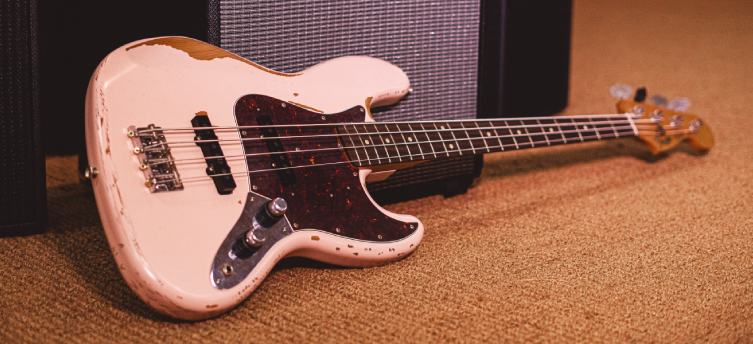
Flea’s style is showy but always seems to remain in service to the song. It’s a good trick for any musician to pull off, and his melodic sensibilities (he is an expert jazz trumpet player too) inform his basslines as much as his prodigious technique.
Flea has sported a number of basses over the years, including StingRays and Modulus models, but he’s been stuck on various Fender Jazz basses (including a signature Shell Pink model) for a number of years now.
Geddy Lee
How come this man is able to play bass like that AND sing AND operate a Moog Taurus with his feet? All at the same time?! There’s a level of multitasking going on with the great Geddy Lee that’s as intimidating as it is admirable.
Rush are one of those bands who are ‘quietly massive’, if you get me? I don’t mean their sound - which is big, expansive and complex- but their level of fame and influence across the world. They fill arenas everywhere and have the respect of not only their peers but all music fans, but they are also somewhat under the radar compared to other huge ‘legacy’ rock bands. It seems like they are the hugest cult band in the world, and that sounds like a pretty good place to be.
As a three piece, Geddy has a lot of ground to cover, and his mainstay bass - when he’s not playing a Rickenbacker double neck, that is - has always been the Fender Jazz Bass, aided and abetted by octave devices like the E-HX POG to fill out those stadiums!
Jaco Pastorius
A hallowed name amongst bassists and jazzers, Jaco Pastorius was all about broadening the possibilities of what could be done on a bass.
One example of his genius was in his feeling constrained by frets, and so took pliers (some legends say a butter knife) to his favourite 1960s Jazz Bass (nicknamed the Bass of Doom) and pulled them out of the fingerboard! This move facilitated many of the notable elements of his style, including microtonal note shifts and long, loping slides, all of which would be impossible on a fretted instrument.
Guitarguitar does not condone the practice of wanton fret-pulling in any circumstances!
Alongside Weather Report and solo albums, Jaco recorded with the likes of Joni Mitchell and Pat Metheney. I don’t think it’s overstating things to say that he revolutionised how basses are played: in addition to the fretless techniques, he added both natural and artificial harmonics to the instrument’s repertoire, and that’s stuff that’s still considered cutting edge, a good 40 years later.
A troubled soul, Pastorius met a tragically violent end at a young age, but he’d already done enough on his chosen instrument to be remembered with reverence forever.
Gail Ann Dorsey
My first introduction to Gail Ann Dorsey was on David Bowie’s Earthling album and subsequent live performances. Gail, with her shaved head, big boots and huge bass sound, was such a badass that I’ve never forgotten her.
A great vocalist as well as bassist, Dorsey released solo material whilst staying in Bowie’s live band for well over a decade, and contributing to his further albums Hours, Heathen and Reality.
Whilst with him, she tended to use Music Man StingRay basses, but in her long stretch with Lenny Kravitz, it has been vintage Jazz Basses all the way. A vintage bass for a vintage rock sound seems appropriate, but Dorsey’s vibe and timing would come through on anything.
Adam Clayton
Is U2’s bassist underrated? Whilst never actively seeking the limelight, Adam Clayton has provided the band with basslines that are often far from rudimentary root note exercises.
Early U2’s post-punk stylings saw Clayton’s work bristling with energy and melody, giving way later in his career to an almost dub-influenced sound and style. Have a listen to Mysterious Ways, for example, and you’ll hear how Clayton sticks to his riff throughout the chorus, leaving The Edge to describe the chord changes: quite the reverse to most guitar/bass relationships!
Clayton has played a wide array of bass models over the years (I’m a fan of the ‘banana’ he played on the 1997 Pop Mart tour) but his go-to seems to be the Jazz Bass. Indeed, Fender honoured him with his own signature model, making it official!
MonoNeon
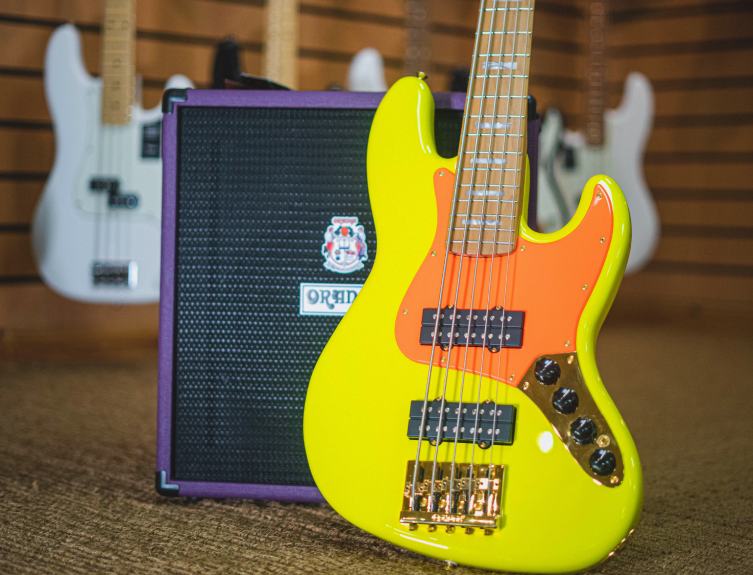
MonoNeon isn’t a shy person when it comes to either his look or his sound. Favouring powerful colours and tones, his playing and his sound are as natural an extension of his personality as his eccentric dress sense.
Thankfully, his skills more than allow for this level of showmanship, and as one of today’s most notable bassists, he chooses a Fender Jazz bass (both 4 and 5 string models, in fact, and always upside down of course) to help bring that thick, rich tone.
Mark Hoppus
Blink 182 are an enduring force in pop-punk, and one of the few late 90s bands from that scene who can still fill arenas today.
As a three-piece, each member has to get the biggest sound they can from their equipment, and bassist/co-vocalist Mark Hoppus doesn’t let his side down! His sharp-edged bass style is the classic ‘Jazz Bass and plectrum’ variety, normally going into a tried-and-tested Ampeg SVT.
But, there’s a secret: on Hoppus’ signature Jazz bass - and on other custom Fender models he’s often seen with - it is actually a Jazz Bass with a P-Bass’ split-coil pickup! So, it’s a ‘best of both’ situation for him, and why not?
John Paul Jones
The secret weapon of Led Zeppelin - as all talented and non-obvious band members seem to be described - is a fantastic bassist and keys player, not to mention orchestral arranger (he did all the string sections on R.E.M.’s Automatic for the People).
In terms of basses, as far as I can tell, JPJ actually used the same 1962 Fender Jazz Bass for almost every Led Zep track right up until 1975! Given that they were one of the biggest bands in the world at that point, it says loads about both Jones’ attitude and the Jazz bass itself that he stuck with only that one instrument, when he could’ve easily had countless basses at his disposal.
Since those days, JPJ’s taste on fretted instruments has been eclectic to say the least, but his trusty Jazz is never far away.
Larry Graham
Larry Graham is the bassist who inspired your favourite bassist. Massively influential for providing the low-end funk to Sly & the Family Stone, Larry Graham is a legit musical legend.
Larry is credited with the world’s first recorded slap bassline (on the tune "Thank You (Falettinme Be Mice Elf Agin)") a technique which he excellently refers to as “thumpin’ and pluckin’”.
Graham is a long-time Fender Jazz bass devotee, and although Warwick currently make his signature bass, in the 70s, it was a Jazz Bass all the way.
Fun trivia: Larry Graham is Drake’s uncle!
Byron Stroud
Metal bassists often go relatively uncelebrated, since much of their work (by no means all of it!) is mainly about doubling the rhythm guitars. It can be an essential yet thankless task. Glory, however, is to be shown to Byron Stroud, a Canadian hard rocker who has held his own against not only Fear Factory’s Dino Cazares, but the mighty Devin Townsend himself in Strapping Young Lad.
Nothing about Strapping’s music is easy, and Stroud’s incendiary rhythm pairing with Gene Hoglan is accordingly one of the most capable rhythm sections in all of heavy music.
Surprisingly, Stroud prefers a Fender Jazz bass. Why surprising? Well, simply because many metallers prefer high output, active EQ riff machines for their basses, rather than a Fender classic with single coil pickups. Byron Stroud, therefore, is further proof that you can do anything on a Jazz Bass.
Tim Commerford
My final choice today is another player who tends to swing between a Fender Jazz bass and a Music Man StingRay. Are those the ultimate pair of instruments for bassists to own? Between them, they cover a ton of ground…
Anyway, Tim Commerford (or TimmyC, Timbob or any of the nicknames he uses in album credits) is the ferocious bassist with Rage Against the Machine and Audioslave. His gargantuan sound - again, the band is a three-piece, musically - and his preference for playing with his thumb-only (as much as is possible) mark him out as a player.
Commerford is also open to the use of effects, whether that’s delay (No Shelter) or growly bass wah (War Within a Breath). Guitarist Tom Morello gets all of the praise, but Commerford is equally inventive in his own way.
Fender Jazz: A Bass for All Seasons
I think that list of top Jazz Bass players pretty much proves beyond doubt that there is no genre or style that cannot be successfully approached with this timeless model. From the most direct pop to the bizarrest experimental jazz, all corners of the musical map are catered for here. If you haven’t tried a Fender Jazz Bass yet, why not?
Click to Browse our Selection of Fender Jazz Basses


